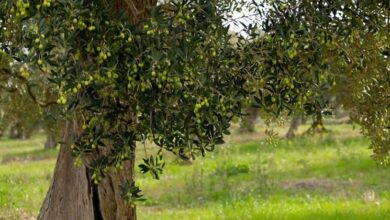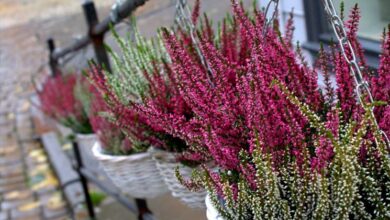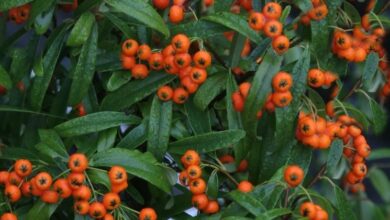Camelia japonica

Description and history of the camellia japonica
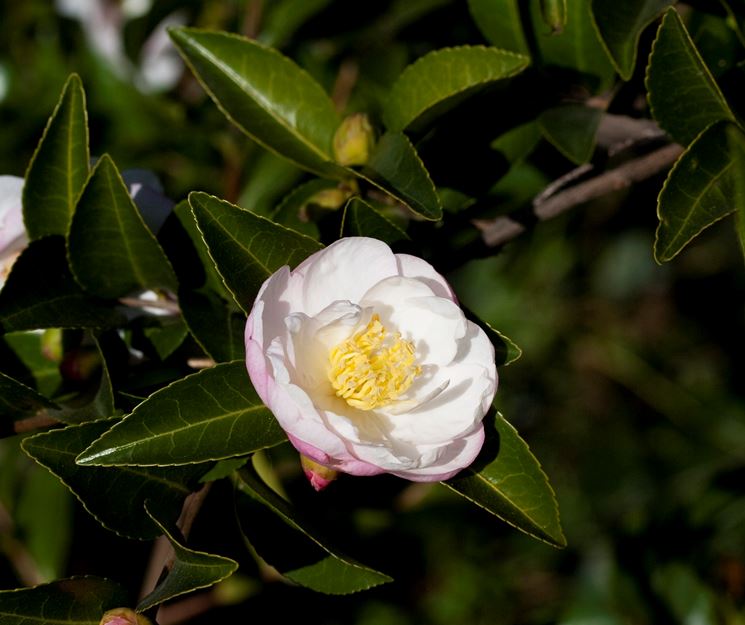
Varieties and cultivars of the camellia japonica
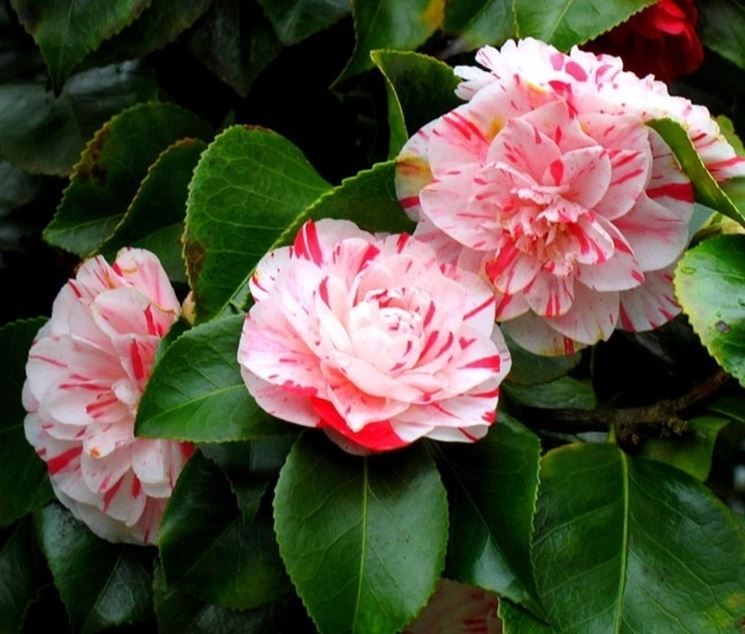
Camellia japonica is very popular for its flowers, which have different shapes and colors depending on the type or cultivar. Over the years, more than two thousand cultivars of camellia japonica have been developed which can be divided into three categories according to the shape of the flower: simple, double and double seeds. The simple ones have a flower with five to eight petals, regular or irregular with the stamens and pistils perfectly visible. «Ashiya» with red colored flowers and «Sekidotaroan» with pink colored flowers are two simple examples. Double seeds have flowers with two or more rows of large regular or irregular petals that can overlap. Stamens and pistils are visible, but they can be divided by the petals. «The Czar» with the red flowers, «Dr. Tinsley» with the pink flowers, «
Camellia japonica cultivation and diseases

The camellia japonica should be placed in an area of the garden in partial shade, facing west or north-west and protected from the winds. The soil must be well drained to avoid water stagnation which can damage the plant. It should be kept humid with constant watering throughout the year, even in winter. It must be slightly acidic: the excessive amount of salt in the soil causes the camellia japonica to suffer to the point of preventing it from acquiring the nutrients it needs. Between January and March, the flowers begin to grow along the branches, towards the ends. The fruits appear in September and consist of a globe-shaped capsule with three compartments, inside which there are one or two brown seeds. Camellia japonica is a rather resistant plant, but it can be infested with some insects such as aphids or plant lice and scale insects. Depending on the severity of the attack, it is necessary to intervene with a specific insecticide, paying attention to the surrounding plants which, if they are not also infested, may be affected by the treatment.
Camellia japonica: Care and reproduction of the camellia japonica
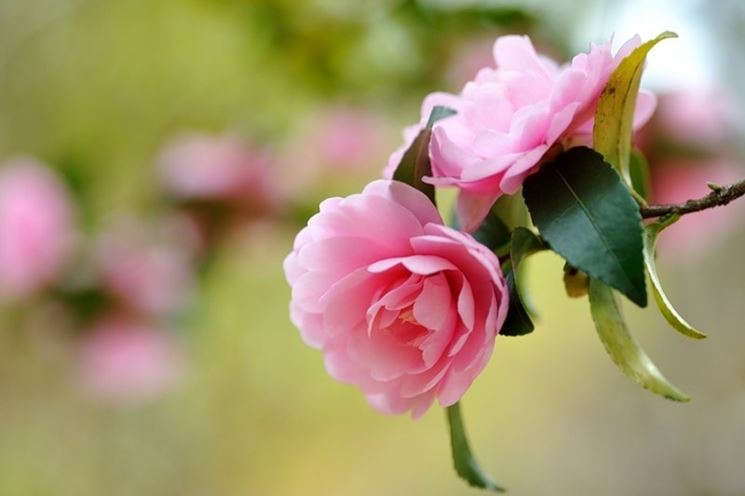
Camellia japonica does not need excessive care: it must be watered constantly, to maintain the right soil humidity; protect it, in winter, from frosts; fertilize it annually after the end of flowering; free it from flowers and dry branches. Camellia japonica can be reproduced by seed, cutting or grafting. Reproduction by seed does not guarantee the generation of a plant identical to that of origin, due to the various hybridizations. The seeds must be fresh, as they quickly lose their vitality. The most advisable solution is the cutting, which is done in summer by taking semi-woody branches from the plant. The branch should be about 8 centimeters long with two or three terminal leaves. A substance rich in hormones must be applied to the cut to promote root production. The branch is placed in a container with a mixed soil of peat and sand, which must always be kept humid, at a temperature between 15 ° C and 25 ° C. After two or three months the first roots appear. Grafting can be done in spring, between March and April, using a piece of branch with different buds taken during the winter.

